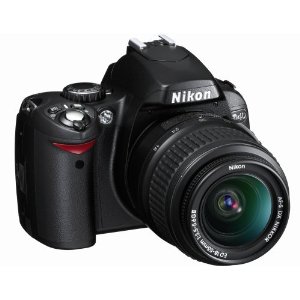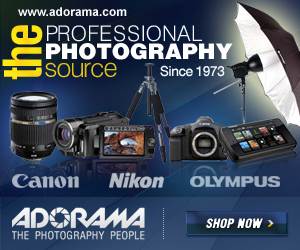Wildlife art for me is the creation of an image that results from imagination, preparation, dedication, and perspiration. Art without imagination would simply be the reproduction of something that already exists in nature. I have always been dedicated to whatever projects I endeavor to persue and art is no different for me. But what I really want to talk about today is the preparation and perspiration that goes into any wildlife painting I create.
For me, the hardest part of any new painting is deciding what I want to paint. When I finish a painting, I need to move immediately to my next work in order to keep my creativity flowing. But coming from being fully immersed in a painting that has taken me several weeks to complete to a new painting is somewhat harder than it may seem. All of my attention has been focused on the painting I just finished and changing directions with another image takes a bit of work.
So to get the process started, I always turn to my reference photographs stored on my computer. I begin by studying each picture trying to find some elements that I can incorporate into this new image. If I don’t find what I’m looking for in my current library of pictures, I will set out to capture some new images to work from.
That’s where my digital camera comes in. Back in 1983, when I first started painting, I had an Olympus OM10 SLR film camera. Every thing about that camera was manual from the film advance to the focus. Aperature settings had to be set manually to achieve the desired depth of field. Focus was achieved with the aid of a split image in the center of the view. Film advance was accomplished with the use of a lever mounted on top of the camera. When the roll of film was finished, I had to rewind the film by hand and then remove it from the camera. Then it was off to the developer and wait a week for the pictures. I used one of several OM10 cameras that I still own up until 2007.
On Christmas day 2007, I was given a Nikon D40 digital SLR camera by my children and the world of reference photography changed drastically for me. No longer do I have to spend money that I can use for paints, brushes, and canvas for film processing. I simply transfer the images from my digital camera to my computer and view them on my monitor.
With the LCD screen on the rear of the camera, I can view photographs as soon as they are taken to insure the lighting is correct, the composition is what I wanted, and the image has captured the elements I was looking for. Viewing the images is simply a matter of pressing the preview button on the upper left rear of the camera.
Having used an SLR camera from the beginning, I had absolutely no problems accepting the fact that the D40 has no image preview before the shutter is pressed. The small point-and-shoot cameras that show the image on the LCD screen before the picture is taken does not work for me because I can’t see the screen without my glasses. The view finder on the D40 can be focused for my eyesight so everything I’m looking at through the lens is in perfect focus.
Though I rarely use it, the camera is equipped with an Auto setting that essentially turns the camera to a point-and-shoot mode. The camera does all the work of setting the aperature and shutter speed and even decides when the built in pop-up flash should be activated. I prefer to use the Shutter Priority mode on the camera because it allows me full control of shutter speed. In low light situations, which I often encounter when taking reference photographs, I use a tripod. This gives me the freedom of setting slow enough shutter speeds to capture plenty of detail late in the evening and early in the morning.
Because the D40 is an SLR camera, the lens can be changed very easily. This allows me to change from the 18-55mm Nikkor lens that came with the camera to the 55-200mm zoom lens I purchased for close-up photography. With the zoom lens, I can capture images of ducks, deer, or turkeys from much longer distances than is possible with the 18-55mm lens.
The D40 uses removable SD memory cards to store the images making it very inexpensive to keep several cards on hand. A 4 gb SD card will hold nearly 1000 images with the camera set on the JPEG Normal mode of storage. This gives me plenty of storage for a full day’s field trip for reference material.
So for me the Nikon D40 with all it’s features is the perfect solution for capturing the reference photographs that I need to create my artwork. All this, combined with the fact that the camera only weighs 27.5 ounces with the lens attached, makes the D40 my favorite field camera. If you would like to see detailed specifications and read a thorough review on the D40, check out Digital Photography Review.
I hope I have shed some light on Reference Photographs, and as always, thanks for stopping by.



